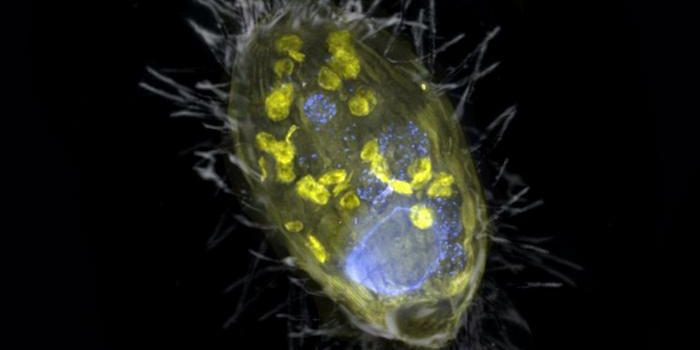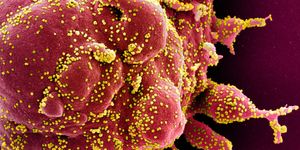Improved management of nitrate pollution
Researchers have finally succeeded in improving the mechanisms available for the degradation of nitrate pollution. Scientists at the Center for Sustainable Resource Science in Japan and the Korean Basic Science Institute (KBSI) have synthesized a catalyst that efficiently transforms nitrate into nitrite without requiring high temperature or acidity. Their results are published in Angewandte Chemie International Edition.
The team of researchers, led by Ryuhei Nakamura of the RIKEN Center for Sustainable Resource Science (CSRS), mimicked the enzyme used by microorganisms to catalyze nitrate into nitrite, called nitrate reductase. They were able to chemically synthesizing oxo-containing molybdenum sulfide and show that it is capable of catalyzing nitrate into nitrite in an aqueous electrolyte at neutral pH.
"We hypothesized," says first author Yamei Li, who is currently at the Tokyo Institute of Technology, "that the oxo-molybdenum sulfide catalysts may have active sites similar to those in enzymes. To test this hypothesis, we attempted to track how chemical species on the catalyst surface change using molecular spectroscopy."
Due to the excessive use of nitrogen fertilizers in response to booming global population, nitrate pollution in drinking water and algal blooms resulting from the eutrophication of lakes and marshes have become an ever-growing problem around the world. While there are various measures in place to reduce agricultural run-off and clean wastewater, the growing over-presence of nitrate ions in the environment require more effective management. This concern led the researchers towards their goal of developing catalysts that can cheaply perform the transformation of nitrates to nitrites at ambient temperatures.
Using electron paramagnetic resonance spectroscopy (EPR) and Raman spectroscopy, the researchers were able to explain why oxo-containing molybdenum sulfide works: one of the intermediate products, pentavalent molybdenum with oxygen ligands, serves as an active species that quickens the reaction because the active species has a structure similar to that of natural nitrate reductase.
"This result shows that nitrate ions can be detoxified in a mild environment without depending on rare metal catalysts. We hope that this will make possible the development of new technology for synthesizing ammonia from waste liquid," concludes Nakamura.
Sources: Angewandte Chemie International Edition, Eureka Alert









